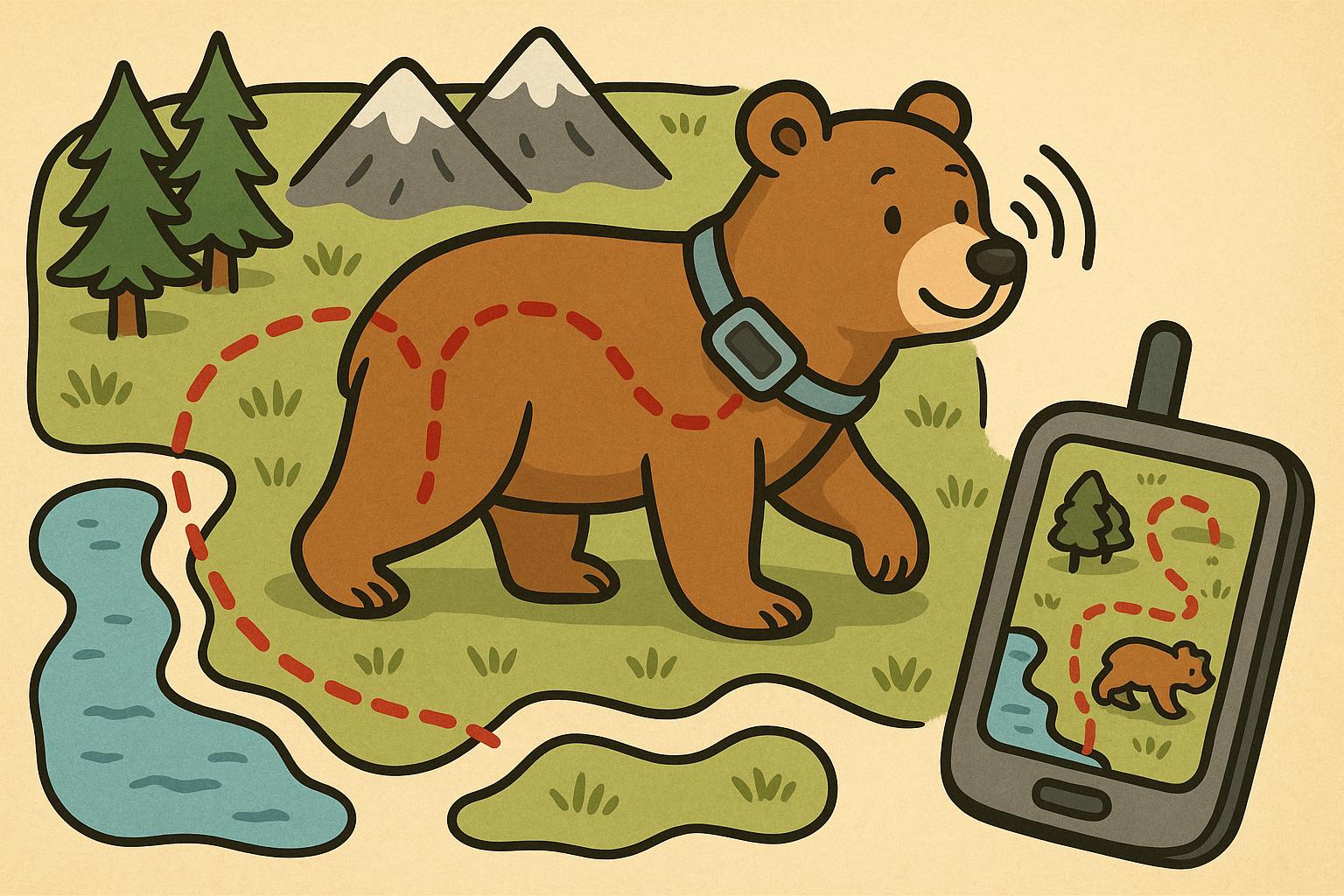Introduction to GPS Technology in Bear Tracking
The use of GPS technology has revolutionized wildlife research, particularly in tracking and studying bear populations. GPS, or Global Positioning System, provides precise location data, which is invaluable for wildlife biologists aiming to understand bear behavior, migration patterns, and habitat use.
How GPS Technology Works in Wildlife Research
GPS technology includes a network of satellites that orbit the Earth. These satellites transmit signals to GPS receivers, which are often attached to collars worn by bears. By calculating the time it takes for these signals to reach the receiver, precise geographical coordinates can be determined. This data is then transmitted to researchers, allowing them to track the bears’ movements in near real-time.
Importance of GPS in Understanding Bear Behavior
The integration of GPS technology into wildlife research offers several critical insights:
1. Migration Patterns: GPS data helps researchers track the long-distance movements of bears, offering insights into seasonal migrations that are often driven by the availability of food resources.
2. Habitat Utilization: By understanding where bears spend most of their time, conservationists can identify crucial habitats that need protection. For more detailed information, readers can refer to the Conservation International website.
3. Human-Bear Conflicts: GPS tracking helps in predicting and mitigating potential human-bear interactions, reducing conflicts that might arise due to bears wandering into human settlements.
Challenges in GPS Bear Tracking
Although GPS technology provides many benefits, it is not without its challenges. Collaring bears is a complex process that requires careful planning to ensure the safety and well-being of the animal. Furthermore, GPS collars are often limited by battery life, which can restrict long-term tracking. Remote and rugged terrains also pose logistical challenges for data retrieval.
The Future of GPS Technology in Bear Research
Continuous advances in GPS technology hold promise for the future of bear research. Smaller and more durable tracking devices are being developed, improving the longevity of studies without compromising the animal’s comfort or safety. Additionally, the integration of other technological tools, such as data analytics and machine learning, can further enhance our understanding of bear ecology and inform conservation efforts.
In conclusion, while challenges remain, GPS tracking offers invaluable insights into bear behavior and ecology, contributing significantly to wildlife conservation efforts worldwide.

